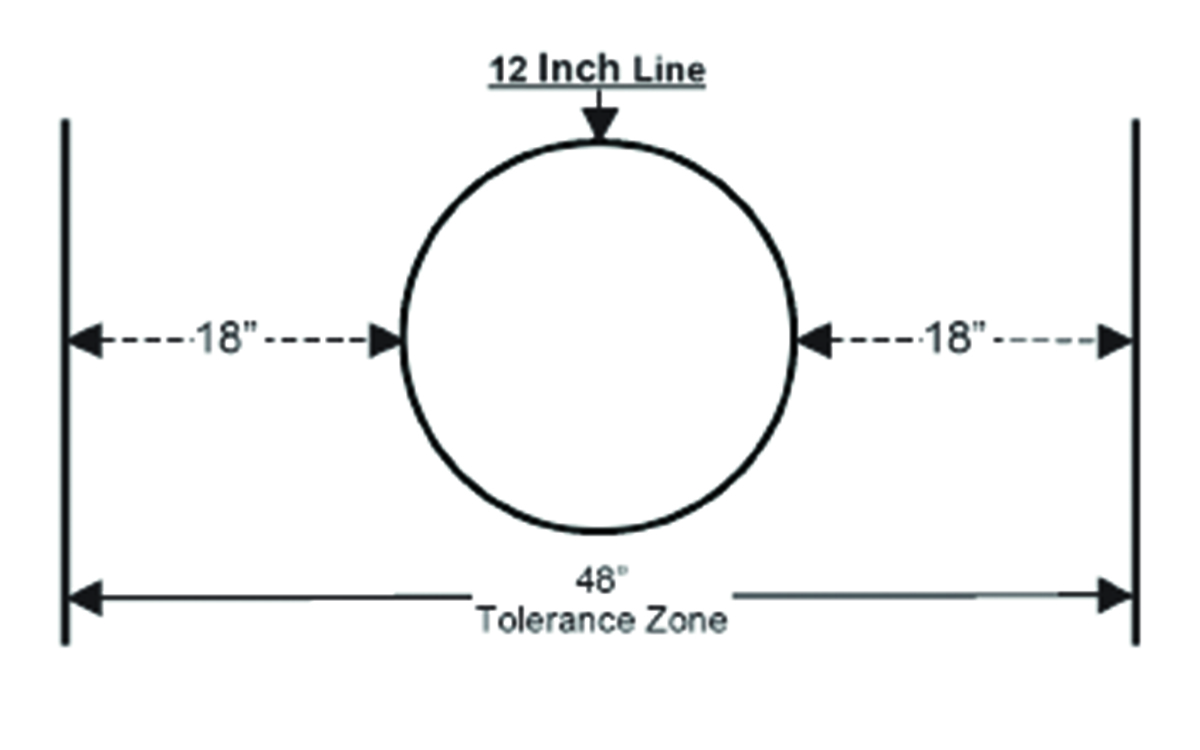ISITE IS A SPECIALLY DESIGNED SOFTWARE SUITE THAT HOUSES OUR INTERNET TICKETING SERVICE (NEXTGEN) AS WELL AS SEVERAL OTHER TOOLS SPECIFICALLY TAILORED TO INDIVIDUAL USER NEEDS.
If you experience difficulties filing your locate request, dial 811 or 1-800-272-3020 to speak to an operator
Emergency Requests
If you require an emergency locate request, either enter your information online or call 811 or 800-272-3020 at any time, 365 days of the year.
WARNING: The law defines an emergency as a “Crisis situation which poses an imminent threat or danger to life, health, or property and requires immediate action, and immediate action is taken.” DECLARING AN EMERGENCY UNDER ANY OTHER CIRCUMSTANCES MAY SUBJECT YOU TO LEGAL PENALTIES.
For Best Results
Call 811 before you dig. Call at least two full workdays before excavation is to begin. If calling from out of state or near state geographical boundaries, dial 811 or toll-free 1-800-272-3020.
Have the following information available when you call:
- Your Louisiana 811 frequent identification number, if you have one.
- Name and telephone number of the excavator plus name and telephone number of the excavator’s company.
- Date and time the work is scheduled to begin.
- Parish and City in which the excavation will take place.
- Specification location/address or description of the worksite.
- Nearest intersecting roadway to the work site.
- Distance and direction of the work site from the nearest intersection.
- The side of the street, road or highway on which the work will be taking place (north/south/east/west).
- Description of the property and where the property should be marked.
- Advise the Louisiana 811 operator if explosives will be used.
For Best Results
Maintain the locate request number provided by the Louisiana 811 operator. It is your proof of the call and may be requested by an enforcement officer.
Use white paint, stakes or white flags to designate the area of proposed excavation.
Wait two full days for the site to be marked, observe the marks, and dig with care.
If a utility is a metered service, lines will be marked “up to the meter,” but not beyond because utility operators have no way of knowing what may have been installed on the customer-owned property. Always proceed with caution and watch out for unmarked lines.
Observe Tolerance Zones. If digging activity comes within 18 inches of a utility line or pipeline, exercise extreme caution. Hand digging is recommended within 18 inches on each side of the line/pipeline to expose the facility.
Markings for underground utilities are considered valid as long as they are visible up to 20 calendar days from the “Mark By” time (30 days for agricultural or forestry work.) The “Mark By” time is provided by the Louisiana 811 operator and excludes holidays and weekends. For larger projects, call in only the work that can be accomplished within a 20-day period.
For Best Results
If damage occurs during excavation, notify the utility operator or pipeline company directly.
If an emergency occurs (immediate danger to life, health, or property that requires immediate attention), take steps to safeguard health and property and DIAL 911.
Some operators of underground facilities are not members of Louisiana 811. Examples include municipal water and sewer services. If they don’t belong, then we don’t have the information needed to notify them about the planned excavations, and their lines won’t be marked. If the names of these operators do not appear on your locate request, you should contact them directly.
Paint or flag color indicator
Property owners and excavators should use white markings to define the entire area where excavation will occur. Include a wide safety buffer when marking the area.
|
|
Property Owners/Excavators mark area of Proposed Excavation |
One Call member utilities will use the color codes listed below when marking underground utilities where excavation will take place.
|
|
Electric Power Lines, Lighting Cables |
|
|
Temporary Survey Markings |
|
|
Gas, Oil, Steam, Propane, Petroleum |
|
|
Communication, CATV, Fiber |
|
|
Potable Water |
|
|
Reclaimed Water, Irrigation |
|
|
Sewer and Drain Lines |
Tolerance Zones
Excavators should observe a “Tolerance Zone” when digging close to a service line. The width of the Tolerance Zone is specified by law. The width of the facility (service line or pipeline, etc.) as marked plus at least 18 inches, or 450mm, measured horizontally from each side of the facility. See illustration.
Any excavation within a Tolerance Zone should be performed with non-powered hand tools or a non-invasive method until the marked facility is exposed.
